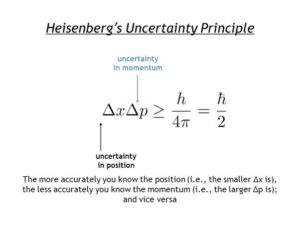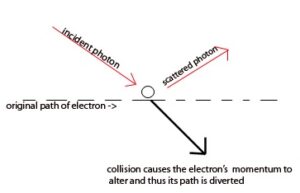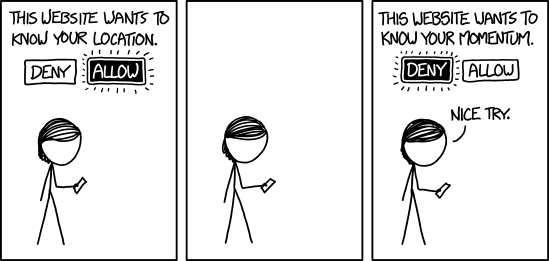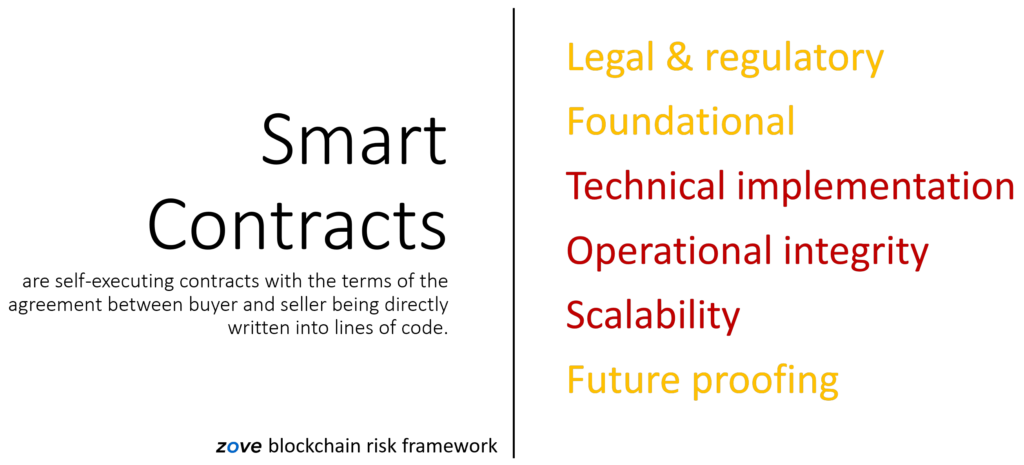Zove Security’s AI unit acquired, enhancing cyber defense for high-value targets with ZoveTrustAI technology
Malicious actors are leveraging AI to scale complex attacks at lower costs. The ZoveTrustAI platform protects critical individuals from sophisticated attacks and paves the path to autonomous defense.” — Akshay Aggarwal, CEO, Zove Security
SEATTLE, WASHINGTON, USA, June 25, 2024 /EINPresswire.com/ — Zove Security, a leading provider of emerging technology and information security capabilities, announced today that its AI technology unit has been acquired by a stealth firm, a subsidiary of a renowned global technology enterprise. The acquisition includes all technology assets, exclusive rights to the ZoveTrustAI platform, and Zove’s dedicated operations team. The integration of Zove’s assets into the acquiring firm will be completed over the third quarter of the calendar year. The financial terms of the acquisition are not being disclosed.
ZoveTrustAI: A Game-Changer in Cybersecurity
The deal encompasses the proprietary ZoveTrustAI platform, an artificial intelligence system for devices that merges generative models with personal context and threat reports. This unique solution delivers incredibly relevant and actionable intelligence, enhancing cyber risk management by combining on-device large language models (LLMs) and server-based models. During field trials, ZoveTrustAI successfully identified multiple instances of previously unknown active attacks, demonstrating its effectiveness in real-world scenarios.
A Fruitful Collaboration
For almost two years, Zove Security co-created the solution with the acquiring firm. This solution protects high-value targets (HVTs), including executives, celebrities, and other sensitive individuals from cybercriminals and adversarial state actors. This partnership has focused on active attack identification, leveraging the strengths of both organizations to develop and refine ZoveTrustAI.
Future Integration and Capabilities
Post-acquisition, ZoveTrustAI will be integrated into a security solution designed to manage cyber risk for high-risk individuals. This technology is poised to revolutionize fraud detection and cyberattack response by utilizing personal context and on-device LLMs to deliver autonomous defense mechanisms. With secure on-device data processing, it will ensure your privacy while providing robust protection. It is designed to be smart, adaptive, and always one step ahead.
CEO Statement
Akshay Aggarwal, Founder and CEO of Zove Security, stated, “Advancements in Artificial Intelligence (AI) are poised to significantly impact cybersecurity. For most enterprises, AI presents both threats and potential. Malicious actors are leveraging AI to scale complex attacks at lower costs. The ZoveTrustAI platform allows enterprises to protect their critical users from sophisticated attacks and paves the path to autonomous defense.”
About Zove Security
Zove Security secures the products and platforms that power innovation and underpin our digital lives. Their mission is Platform Trust through secure engineering and trusted operations, ensuring users trust the technology they use and the companies behind them.
About the Acquiring Firm
The acquiring firm, currently in stealth mode, is part of a leading global tech enterprise known for its innovation and premium consumer electronics, including smartphones, PCs, tablets, wearables, and a range of software and services.

















